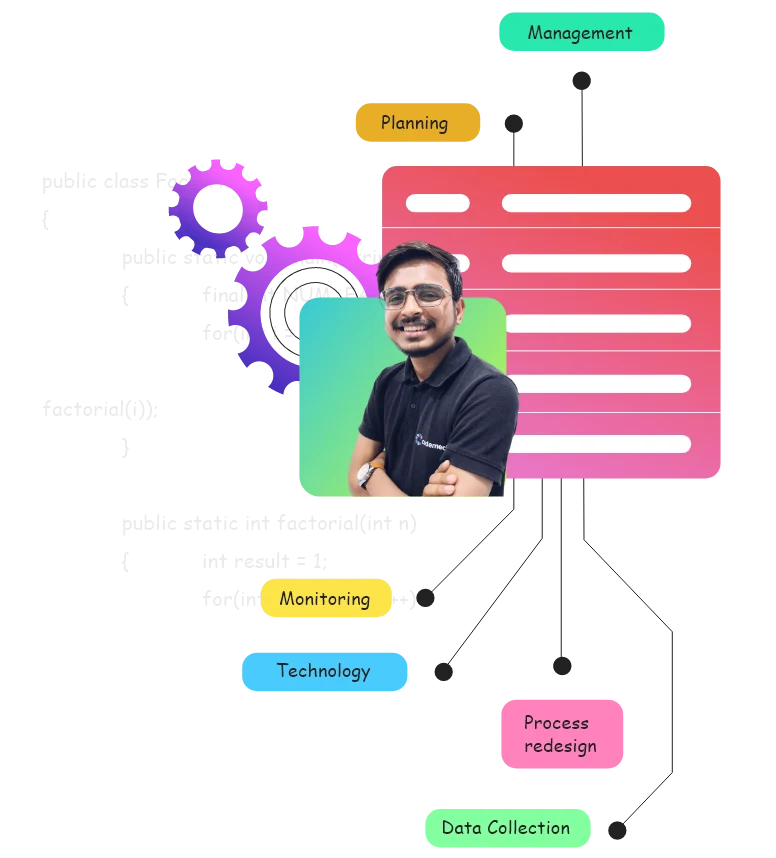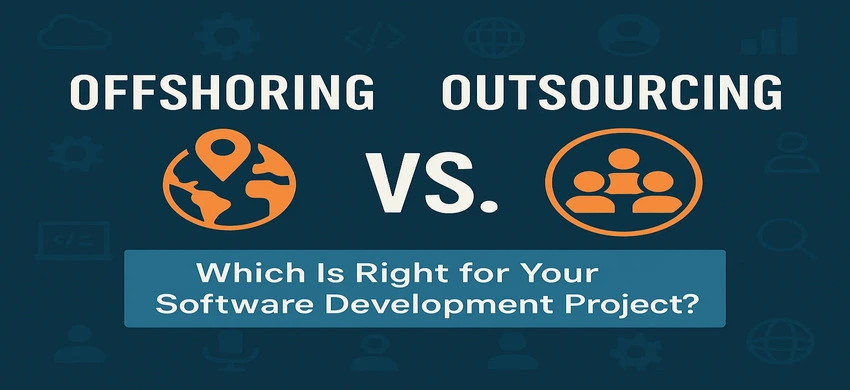
Digitization Services
At Codemech Solutions, we specialize in Process Digitization Services that help businesses replace outdated, manual workflows with modern digital solutions. As a trusted Document Digitization Company, we work with organizations of all sizes to streamline operations, improve data accuracy, and boost productivity.
Our Digitization Services
As a full-service provider, we offer a wide range of Data Digitization Services tailored to meet your specific needs. Our process is secure, scalable, and compliant with industry standards.
Our services include
Document Digitization Services
We scan and convert physical documents into organized digital files that are easy to access, share, and store.
Data Capture & Indexing
Our team uses advanced OCR and data extraction tools to pull key information from scanned documents for easy integration with your systems.
Workflow Optimization
We analyze your current processes and build digital workflows that save time, reduce errors, and improve consistency.
Legacy System Modernization
Transition away from outdated platforms with our support for system upgrades and data migration into modern, user-friendly solutions.
Why Choose Our Digitization Services?
Manual processes and paper-based records slow you down. Our Digitization Services are designed to eliminate inefficiencies by turning physical documents and legacy workflows into streamlined digital systems. This means faster access to information, fewer errors, and reduced operational costs.
Whether you're looking to digitize records, automate data entry, or modernize your document management system, we have the tools and expertise to make it happen.
Why Businesses Trust Us
As an experienced Document Digitization Company, we’ve supported clients across healthcare, finance, legal, education, and government sectors. Our clients trust us because we offer:
- A secure, end-to-end digitization process
- Fast turnaround times without compromising accuracy
- Solutions customized to your operational goals
- Full compliance with data privacy and industry regulations
- Ongoing support from a dedicated project team
Benefits of Digitizing Your Processes
By partnering with us for Data Digitization Services, you gain:
- Better data accessibility and accuracy
- Reduced physical storage needs
- Faster decision-making with real-time insights
- Enhanced compliance and audit readiness
- Lower administrative and processing costs
Start Your Digital Transformation
Let’s talk. Our experts are here to assess your current workflows and recommend the right Digitization Services to move your business forward.
Latest Blog Posts for Digitalization Services
Words From Our Happy Clients
"Satisfaction is the Greatest Happiness"
We believe in quality output. Clients are our assets and we working hard to grow with them.
Brands
Trusted and Supported by many
Meet Our Clients
Development Services
Frontend Development
DevelopmentLearn more about Angular Development Services
Backend Development
DevelopmentLearn more about Java Application Development Company
Mobile Development
DevelopmentLearn more about iOS App Development Company in India
DevelopmentLearn more about React Native App Development Services
DevelopmentLearn more about Android Application Development Services
DevelopmentLearn more about Hybrid Application Development Services
DevelopmentLearn more about Custom Mobile Application Development
Cloud Development
& IntegrationLearn more about Cloud Application Migration Services












